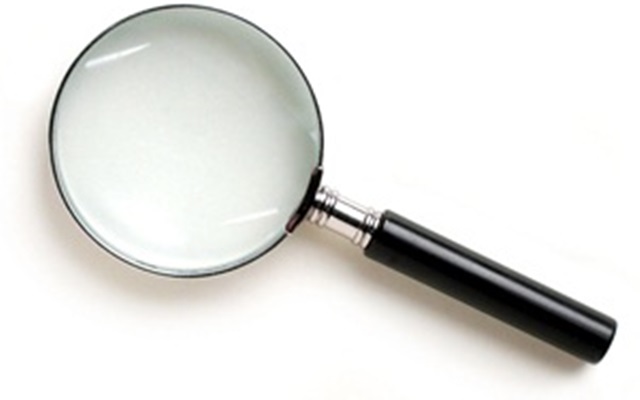Government transparency: a welcome change or clever distraction?
Last month David Cameron launched a new government transparency website as part of his Big Society plans for Britain. Visitors to the transparency website will be welcomed by three live items: “Business Plans”, “Who Does What in Whitehall” and “Who Ministers are Meeting.” The opening sentence boldly declares: “We want to be the most open and transparent government in the world.”
Ever since the MPs expenses scandal in 2009, “changing politics" or “cleaning up Westminster” have become oft-repeated phrases. The episode has been disastrous for Britons’ confidence in elected representatives, especially as they are already accustomed to distrusting politicians following sleaze stories. But could this transparency website initiative start to turn back the tide?
It can be argued that Britain is already a transparent nation, with websites like www.TheyWorkForYou.com that present what each and every MP says in parliamentary debates, their voting record and expenses claimed. It works by employing open source code to aggregate the content from Hansard, the official record of debates in the Houses of Parliament.
In addition, www.Data.gov.uk is a government initiative launched in January 2010, designed to link data published by public bodies in one place, ranging from local police crime statistics to money spent by NHS Primary Care Trusts.
Away from the web, legislation like the Freedom of Information Act 2000 (FOIA) introduced by the previous Labour government (came into force in 2005) has arguably brought a whole new level of transparency to British politics.
It allows members of the public and businesses to request access to information held by certain public authorities which is not freely available. Despite the numerous exemption clauses the Act contains, it has exposed many revealing facts that were formally state secrets. The MPs expenses scandal began from a FOIA request by a journalist in February 2008.
The question to be asked is whether the government transparency website is anything new? Perhaps the business plans are. The publishing of business plans for all government departments represent the fulfilment of a Conservative Party manifesto promise. This was broadly to “publish data so the public can hold the government to account.”
This was among many other Big Society ideas expounded by the Conservative Party in the run up to the May 2010 general election, including a Big Society Bank to provide finance to charities and NGOs, and a National Citizen Service for 16 year olds.
“We’re shining a bright light of transparency on everything government does,” was among David Cameron’s carefully crafted sound bites in the website launch speech. The new standards for transparency the government has set itself are certainly greater than anything ever seen before in the UK.
To select a few examples, from now on all central government spending above £25,000 is to be published; all tender documents for government contracts over £10,000 are to be published and organograms (organisational charts) of each department in a common format are to be published.
The Financial Times describes the coalition as “creating a rod for its own back.” Moreover, there are further transparency standards to be introduced in January 2011, including the publication of all local government spending above £500.
The mass of published data it is hoped, will spur enterprising NGOs, think-tanks, charities and companies to take hold of this data and use it; manipulate it and campaign for the change they want government implement.
In theory then, all these private institutions will be engaged in the public debate, whilst also exerting pressure for high standards of performance in public services.
Viewing Britain on the global stage we are apparently the 20th least corrupt nation. This is according to the 2010 CPI (Corruption Perceptions Index), a ranking of all 178 countries in the world produced every year by Transparency International, a respected Berlin-based NGO that campaigns to reduce levels of public sector corruption.
On the About Us page of TheyWorkForYou, their stated aim is to help bridge the gap between we the people, and our MPs, in the belief that “there is little wrong with Parliament that a healthy mixture of transparency and public engagement won't fix.”
In a way, this new transparency website is perhaps trying to extend this principle from Parliament to government departments and the civil service.
With a history of just a few weeks, an optimistic view of the new transparency website would call it a revolution, a new era in British politics and bringing governance into the 21st century.
But pessimists will no doubt usher it away as nothing new, just more data on top of the thousands of PDFs already published on government department websites, or a copy of Labour’s Public Service Agreements under a different name.
But still in its infancy, only time will tell how useful a resource transparency website will become.

